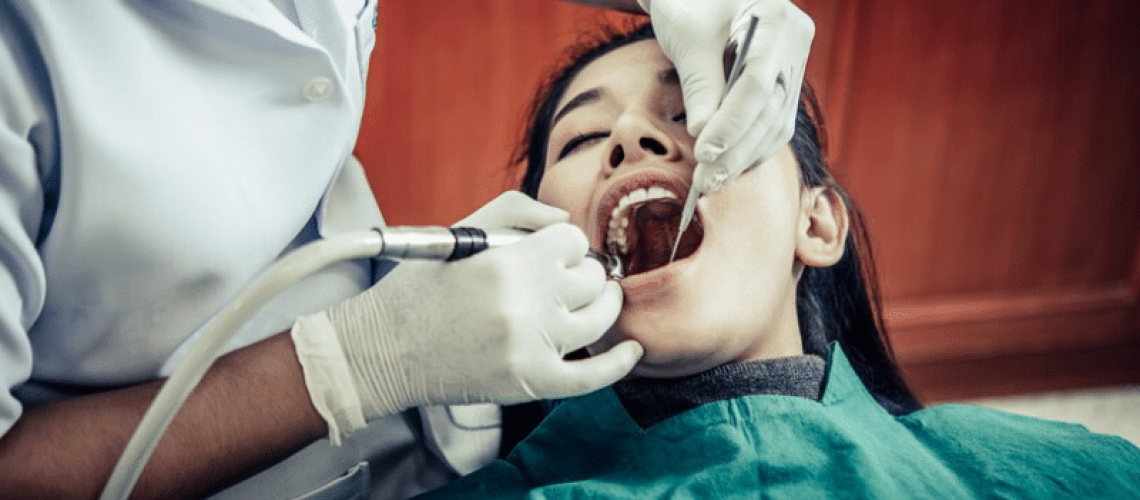If you’ve recently undergone a root canal, congratulations on taking a significant step towards preserving your natural tooth. Root canal therapy is a common dental procedure designed to treat infection within the tooth’s pulp, alleviating pain and preventing the need for extraction. While the procedure itself aims to eliminate infection, the post-root canal phase requires vigilant attention to ensure a smooth and infection-free recovery.
Signs of a Healthy Recovery
Manageable Discomfort
Post-root canal, it’s normal to experience some discomfort, but it should be manageable with over-the-counter pain relievers. If the pain intensifies or persists, it could signal a problem.
Swelling Subsiding Gradually
Swelling is expected immediately after the procedure, but it should gradually subside. Persistent or worsening swelling might indicate an issue that warrants professional evaluation.
Consistent Healing Progress
Keep an eye on the healing process. If you notice delayed healing, persistent redness, or discharge, it’s crucial to consult your dentist promptly.
Potential Red Flags
Unrelenting Pain
While some pain is normal, unrelenting or severe pain may indicate a lingering infection or other complications. Pay attention to persistent discomfort.
Prolonged Swelling
Swelling that doesn’t recede or worsens over time could be a sign of infection. It’s essential to bring this to your dentist’s attention promptly.
Unexpected Discharge
Any discharge from the treated tooth or surrounding gums is a cause for concern. It might signify an infection that requires immediate intervention.
Proactive Measures for Optimal Recovery
Adherence to Post-Op Instructions
Follow your dentist’s post-operative instructions diligently. This includes taking prescribed medications, maintaining oral hygiene, and attending follow-up appointments.
Regular Dental Check-ups
Scheduled follow-up appointments are not mere formalities; they are opportunities for your dentist to assess your recovery progress and address any emerging issues promptly.
Oral Hygiene Excellence
Maintaining impeccable oral hygiene is paramount during the post-root canal phase. Regular, gentle brushing, flossing, and antiseptic mouthwash can help prevent infections.
The Role of Diet in Recovery
Soft and Nutrient-Rich Diet
Opt for a soft diet rich in nutrients to support the healing process. Avoid excessively hot or cold foods that may trigger sensitivity.
Hydration Matters
Adequate hydration aids in the healing process. Ensure you’re consuming enough water, and avoid sugary or acidic beverages that can compromise oral health.
When to Seek Professional Help
Timely Communication with Your Dentist
If you notice any of the red flags or experience anything unusual during your recovery, do not hesitate to reach out to your dentist. Timely communication can prevent potential complications.
Emergency Dental Care
Severe pain, persistent bleeding, or signs of systemic infection, such as fever, should prompt immediate contact with your dentist or seek emergency dental care.
Navigating Your Path to Oral Wellness
Embarking on the journey of post-root canal recovery demands attentiveness to your body’s signals. Monitoring discomfort levels, swelling patterns, and adherence to post-op care are crucial steps. Remember, your dentist in Oak Park is your ally in this journey, ready to guide you toward optimal oral health. By staying vigilant and proactive, you pave the way for a robust recovery, ensuring the longevity of your natural tooth.

